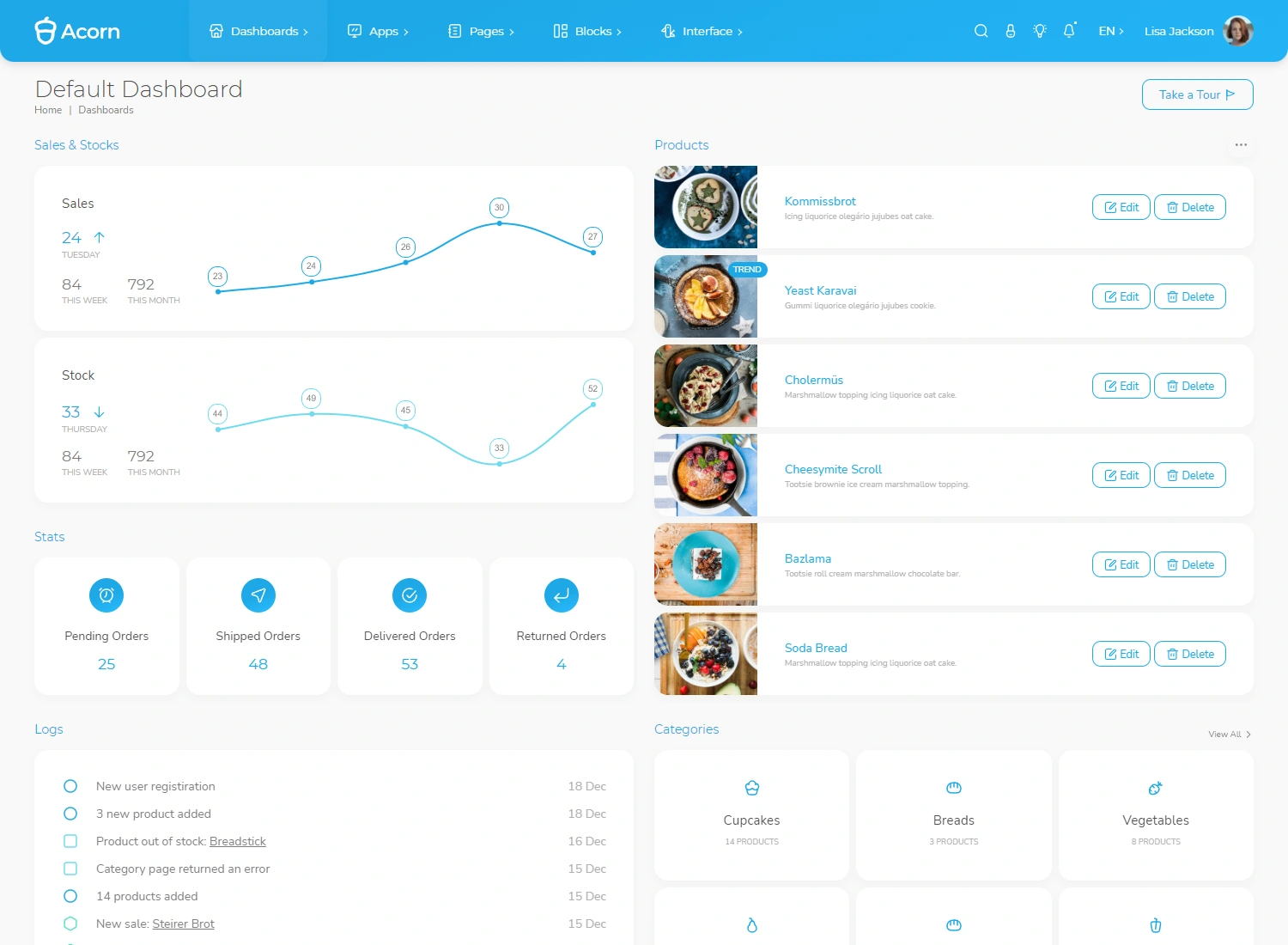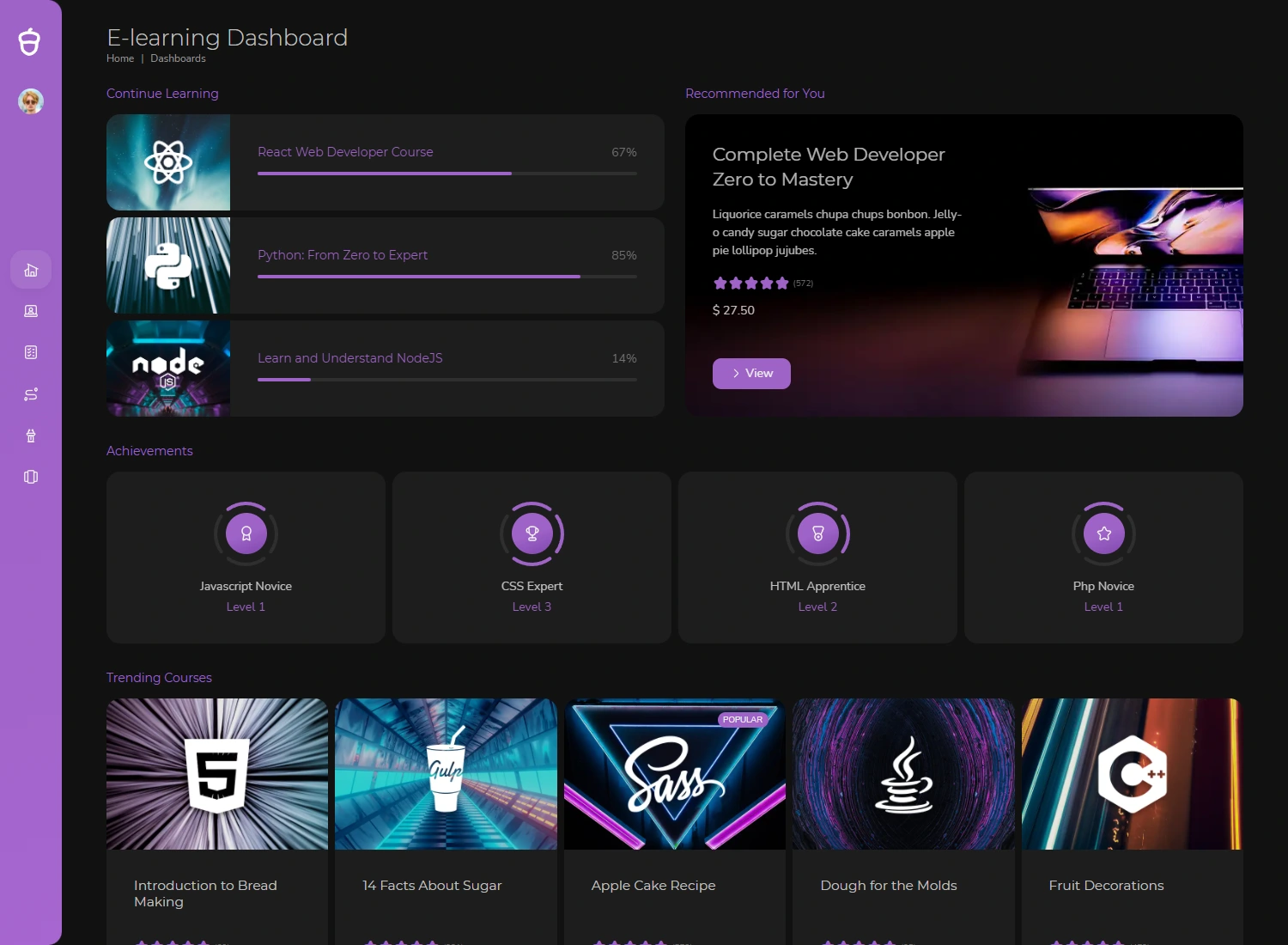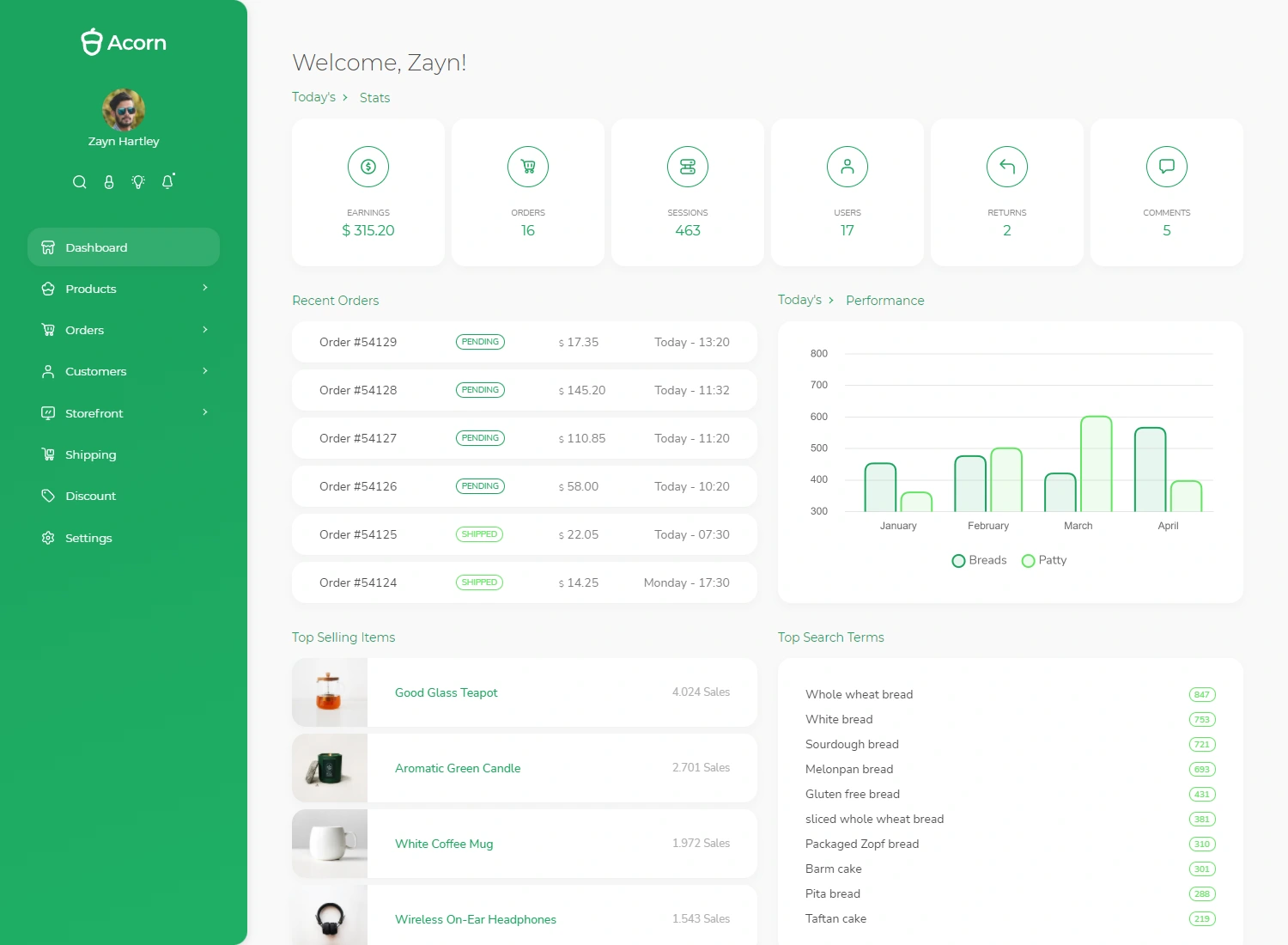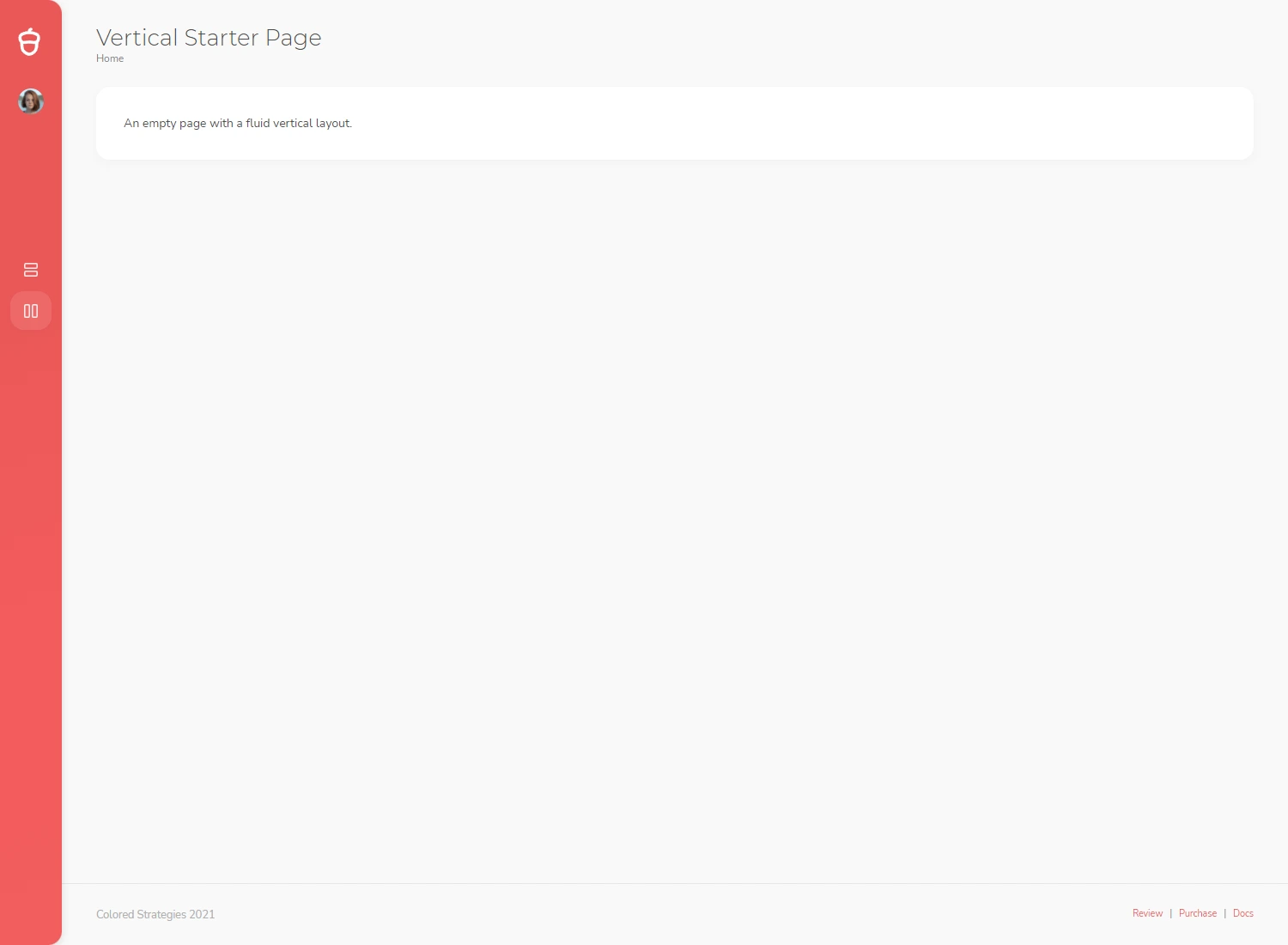Deadline-Driven Diplomacy
As President Trump's administration pushes for higher tariffs under its protectionist "America First" trade strategy, Indian exports to the U.S. face a steep 26% tariff hike beginning July 9, 2025, unless a partial trade agreement is reached in time. Speaking on the sidelines of the India Global Forum 2025 in London, Mr. Goyal said both countries were in "continuous dialogue" and that a "win-win" outcome was plausible given their “friendly and trusted” relationship.
“We are very confident we can come up with something mutually beneficial,” said Goyal, adding that it’s in both countries' business interests to act before the deadline.
Scope of the Preliminary Pact: Still Under Wraps
Mr. Goyal avoided specifics when questioned about the inclusion of dairy and agricultural sectors, which remain contentious in India–U.S. trade discussions due to food safety regulations, market access concerns, and domestic political sensitivities. Nor did he elaborate on the implications of the Trade Promotion Authority (TPA) lapse in the U.S. — a legislative mechanism allowing fast-track approval of trade deals through Congress.
Trade watchers note that the absence of TPA could limit the scope of any binding agreement, possibly restricting it to executive-level decisions that do not require Congressional ratification.
High Stakes for Indian Exporters
If no agreement materializes, Indian exports — particularly in pharmaceuticals, textiles, jewellery, and auto components — risk becoming uncompetitive in the American market due to punitive tariffs. According to Ministry of Commerce data, India’s goods exports to the U.S. in FY24 stood at $78 billion, making it India's largest trading partner. The U.S., for its part, exported around $45 billion worth of goods to India.
Trade analysts believe that even a limited early-harvest agreement covering key sectors like ICT products, medical devices, and energy could delay or prevent tariff escalation.
Bilateral and Multilateral Trade Landscape
Mr. Goyal also used the occasion to highlight India’s proactive engagement with other trade partners:
-
India–U.K. FTA: Signed on May 6, 2025, after sensitive issues were pragmatically sidestepped. Mr. Goyal credited the deal's success to “mutual accommodation” and said its smooth finalization sets a positive precedent for other talks.
-
India–EU Trade Talks: In progress with an ambitious year-end deadline, the proposed deal aims at a Comprehensive Trade and Investment Agreement covering goods, services, digital trade, and sustainability standards. Goyal dismissed suggestions that the Trump administration's stance had affected the pace of EU talks, stating, “These are long-term negotiations akin to marriage, and not short-term alliances.”
Relevance of WTO and Global Trade Governance
Addressing concerns over growing protectionism and unilateralism, Mr. Goyal reaffirmed India’s commitment to strengthening the WTO, stating:
“India strongly believes in multilateralism and will play a constructive role to strengthen WTO through dialogue and negotiation.”
This comes at a time when WTO’s dispute resolution mechanism remains paralysed, with many countries opting for bilateral or plurilateral pacts over multilateral consensus. Goyal’s comments underscore India’s intent to balance strategic bilateralism with rules-based multilateralism.
No Direct Intervention in Tata Steel–U.K.–U.S. Tangle
Responding to media reports suggesting that Tata Steel may be at the centre of ongoing tensions in U.K.–U.S. steel trade, Mr. Goyal clarified that India had not made any diplomatic intervention. Tata’s Port Talbot plant in Wales, currently transitioning to electric-arc furnaces and importing inputs from India and the EU, risks falling foul of U.S. tariffs unless compliance with origin rules is assured. The 25% tariff threat is part of U.S. demands for input transparency in steel origin rules.
Conclusion: Trade Winds May Turn Favourable — But Uncertainty Remains
India’s trade diplomacy is currently navigating a high-stakes, multi-front negotiation, with the U.S., U.K., and EU deals all proceeding simultaneously. A timely preliminary deal with the U.S. could avert immediate tariff shocks, protect Indian businesses, and deepen bilateral ties. However, the lack of clarity around specifics — especially with sensitive sectors like agriculture and intellectual property — suggests that the road ahead is complex.
At a time when global supply chains are being reconfigured, India's strategy of “constructive bilateralism, grounded multilateralism” will define its next decade of trade growth.





